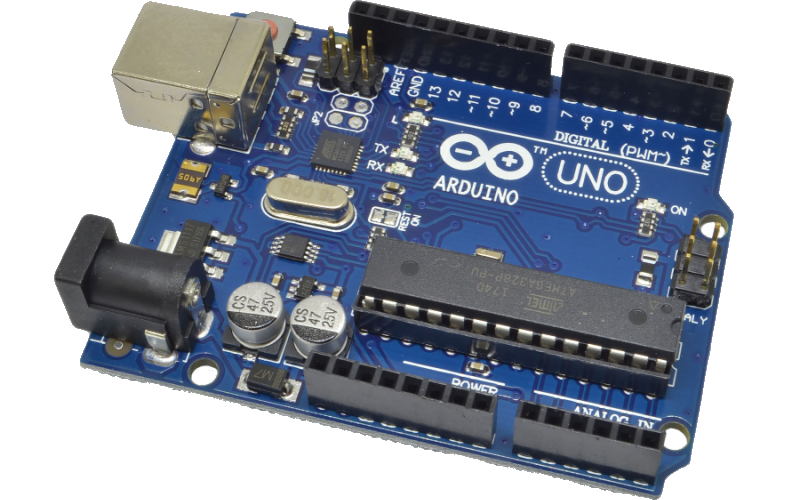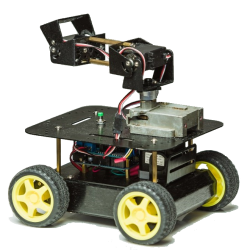Programming Arduino controllers and creating projects based on them
For those who have decided to start programming controllers and have chosen Arduino as their starting point, this will provide you with the necessary information. You will learn about the initial steps a novice programmer takes, programming features, errors, and problems that you may encounter along the way.
Moving speed regulation, servo control class

Article-series: Arduino - using_servos #5
We expand the functionality of the class for controlling a servo drive - we add the ability to regulate the speed of movement of the servo drive
Independent control of multiple servos. Timers

Article-series: Programming Arduino from scratch #5
Article-series: Arduino - using_servos #2
We have learned how to change the position of the servo, but this control has several disadvantages. Let's try to connect two servos in parallel and achieve their synchronous movement. Let's try using timers instead of the delay() function.
Creating a class to control a servo drive

Article-series: Programming Arduino from scratch #6
Article-series: Arduino - using_servos #3
Connecting one or two servos may not be challenging. However, if you need to use a lot more of them, it is advisable to create your own class for a servo drive. This way, you can register all the necessary variables and functions once, which will simplify the process.
Software limitation of servo movement

Article-series: Arduino - using_servos #4
Sometimes, a servo drive may not be able to rotate to a specific angle due to certain limitations such as a manipulator being attached to it which may rest against the body, or a hinge having a small possible angle of rotation. To avoid any issues, it is recommended to limit the movement programmatically beforehand.

 Books
Books Technology
Technology Electronics
Electronics Programming
Programming Weaponry
Weaponry Arduino
Arduino All tags
All tags Projects
Projects